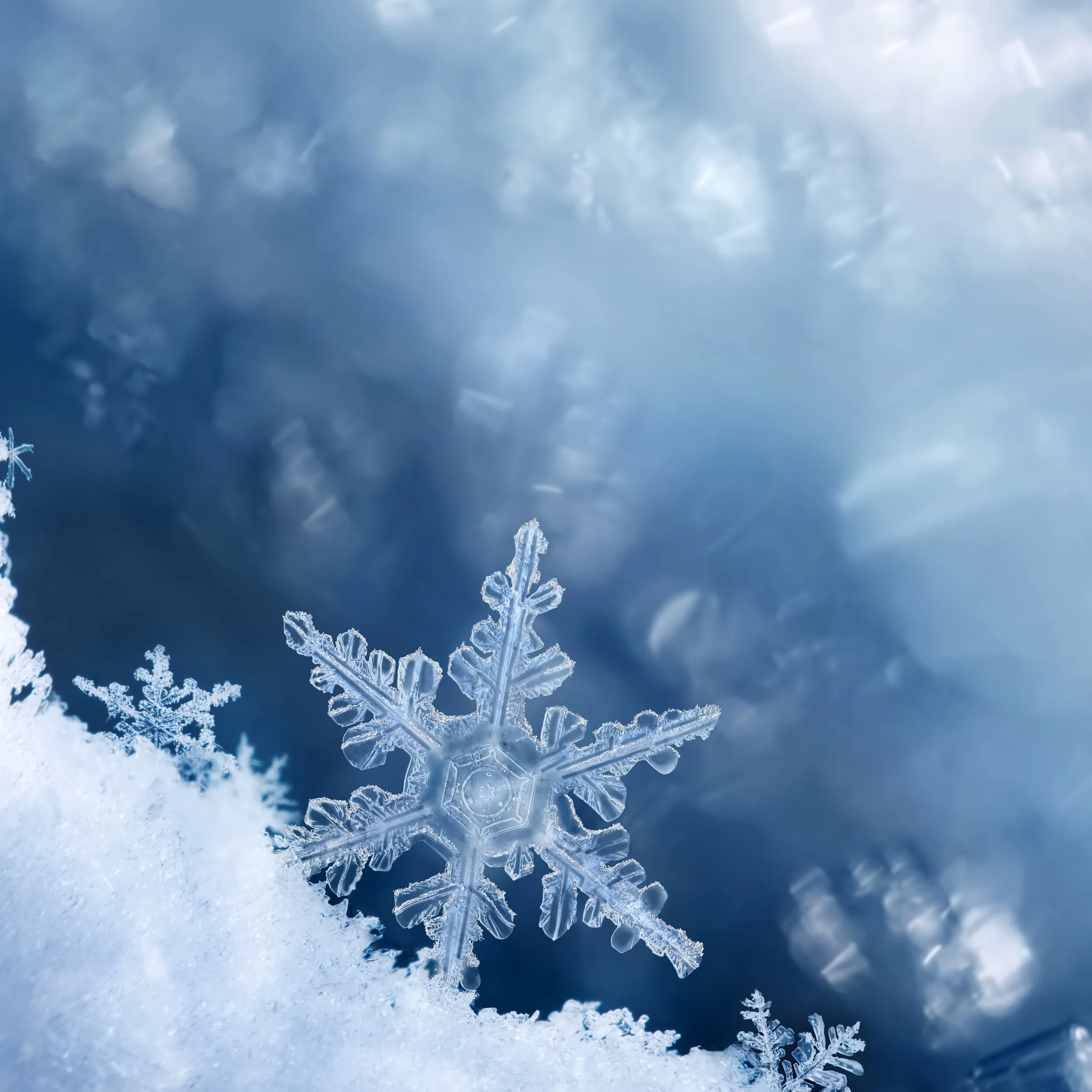The effects of applying low temperature to the skin gradually increases as the temperature drops. Initially proteins and lipids, as well as the metabolism of the cell is altered. As the temperature drops below 0°C, first the water outside the cell begins to crystallise, causing the cell to dehydrate. At temperatures below −20°C, the water inside the cell starts to crystallise, and at −40°C intracellular ice formation is certain.
Read MoreAt the clinic, the agent used for cryosurgery is N 20, a gas which has been adopted as an alternative to liquid nitrogen. Cryosurgery is a safe, non-invasive treatment for unwanted skin growths and blemishes. Immediately during and after the treatment, you may feel a stinging sensation as the tissue is frozen and thawed. Some may only notice this during the treatment, for other this sensation may linger for a few hours after, especially if multiple lesions were have been treated in the same area. A mild analgesic ointment can be applied to relieve the sensation.
Read MoreAs skin becomes older changes start to happen. It is common for skin to become dryer, thinner and less elastic as well as for fine lines to appear. Sun exposure can speed up changes in the skin, and be a factor in age related changes such as unwanted dark patches, roughness and wrinkles. Here we take a look at the most common skin growths found on ageing skin.
Read MoreCherry angiomas, as they are most commonly known, are little clusters of broken blood vessels on the skin. They usually look like domes ranging in colour from bright red to purple, however they can also appear flat. They usually start out very small, the size of a pinprick, and grow larger over time. Cherry angiomas are harmless, however some people go on to have them removed due to cosmetic reasons.
Research has yet to find a concrete cause of cherry angiomas. However, it has been linked to pregnancy, climate, toxins and ageing. Some people are also thought to have a genetic predisposition for developing these type of lesions.




